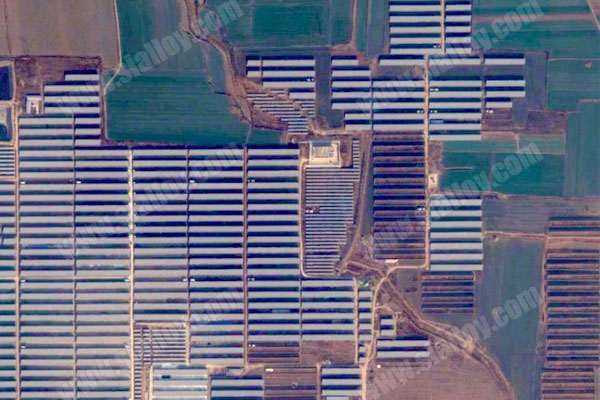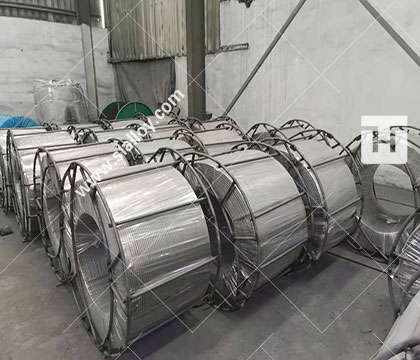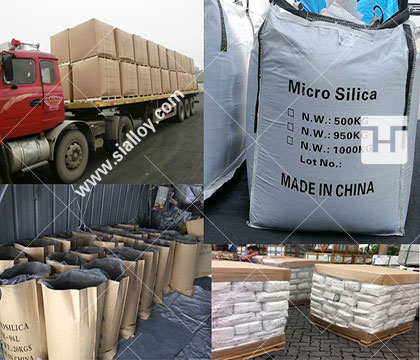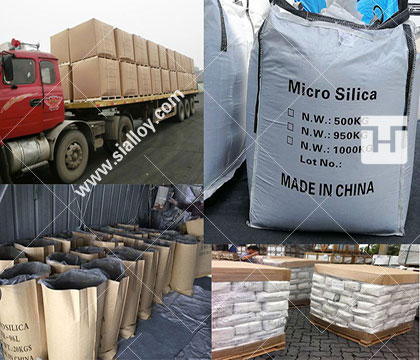new development plan of photovoltaic power generation
In 2020, China's newly installed photovoltaic power generation capacity will be 35 million kilowatts, maintaining the world's number one position for eight consecutive years; cumulative photovoltaic power generation capacity will reach 240 million kilowatts, surpassing wind power to become the third largest power source in China. This is the information disclosed by the National Energy Administration at the 2020 China Photovoltaic Industry Annual Conference on December 10. According to forecasts, by 2025, renewable energy will account for 95% of newly installed power generation capacity, and photovoltaics will account for 60% of all newly installed renewable energy capacity. The "14th Five-Year Plan" generally predicts that the annual average domestic installed capacity of photovoltaics is 70GW, and optimistically, the average annual domestic installed capacity of photovoltaics is 90GW.
At present, the new policies of the "14th Five-Year" photovoltaic series are brewing. This includes considering the deployment of multiple tens of millions of kilowatts of new energy bases in the Northeast, Northwest, North China, and Southwest, promoting the construction of a batch of millions of kilowatts of photovoltaic power generation bases in various places, and promoting a number of "photovoltaic + energy storage", The construction of demonstration projects for new industries and new business formats such as photovoltaic hydrogen production and photovoltaic direct supply. At present, the actual development of photovoltaic products in China has far exceeded expectations. As of the end of 2019, the cumulative installed capacity of photovoltaic power generation in my country has exceeded 200 million kilowatts. China's newly installed photovoltaic capacity has been the world's first for seven consecutive years, and its cumulative installed photovoltaic capacity has been the world's first for five consecutive years, and has basically achieved the localization of the entire industrial chain. The problems that need to be addressed in the future are how to continue to expand the scale of photovoltaic power generation at a relatively rapid rate, how to integrate into the power system, and how to successfully participate in the power market.
In response to the above problems, we must first continue to promote the progress of photovoltaic power generation technology. During the "14th Five-Year Plan" period, photovoltaic development will shift from subsidy-driven to innovation-driven. Enterprises are encouraged to make greater efforts to promote photovoltaic technology progress and industrial upgrading, increase the strength of photovoltaic component manufacturing technology to make up for shortcomings, and increase the close relationship with photovoltaics Energy storage, smart grid, and intelligent control research and development efforts. The second is to promote the reduction of power generation costs. According to reports, at present, the National Energy Administration is planning the new energy development layout and base demonstration project action plan during the "14th Five-Year Plan" period, considering the deployment of multiple tens of millions of kilowatt-level new energy bases in the Three North and Southwest, and promoting the construction of one To approve millions of kilowatt-level photovoltaic power generation bases with a flat price, and to promote the construction of distributed photovoltaic power generation on the roof and on the ground, so that the scale of distributed photovoltaic power can achieve leapfrog development, so as to support the continuous decline of domestic photovoltaic power generation costs with a large market scale. This policy is likely to ensure the stability of Silicon Metal prices and the prosperity of the market. In addition, we also need to continuously expand the application scenarios and innovate business models. According to reports, during the "14th Five-Year Plan" period, the construction of a number of demonstration projects will be promoted to promote new industries and new formats such as "photovoltaic + energy storage", photovoltaic hydrogen production, and photovoltaic direct supply, and implement a series of action plans to promote photovoltaic power generation. flowering.
 中文
中文






